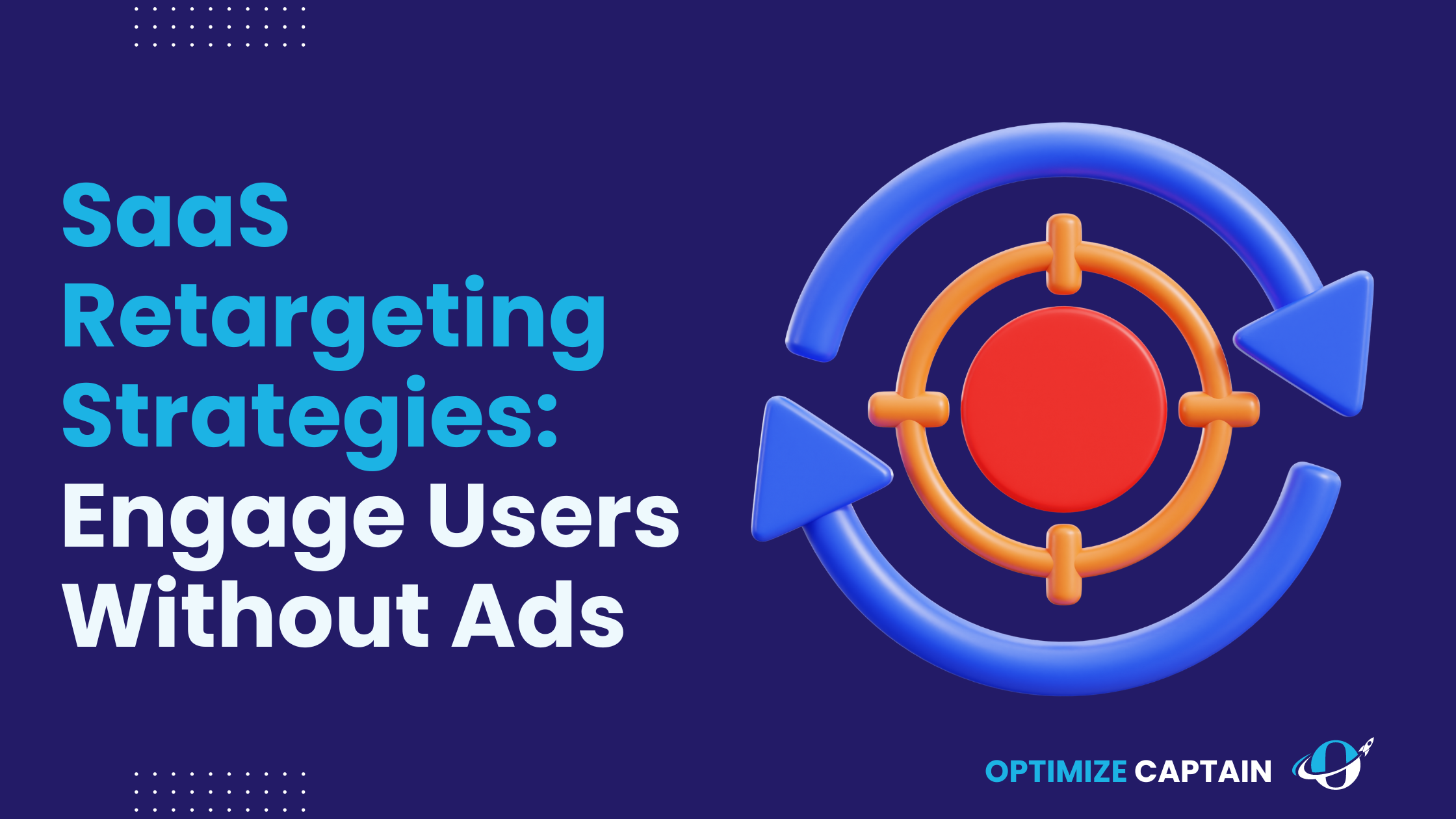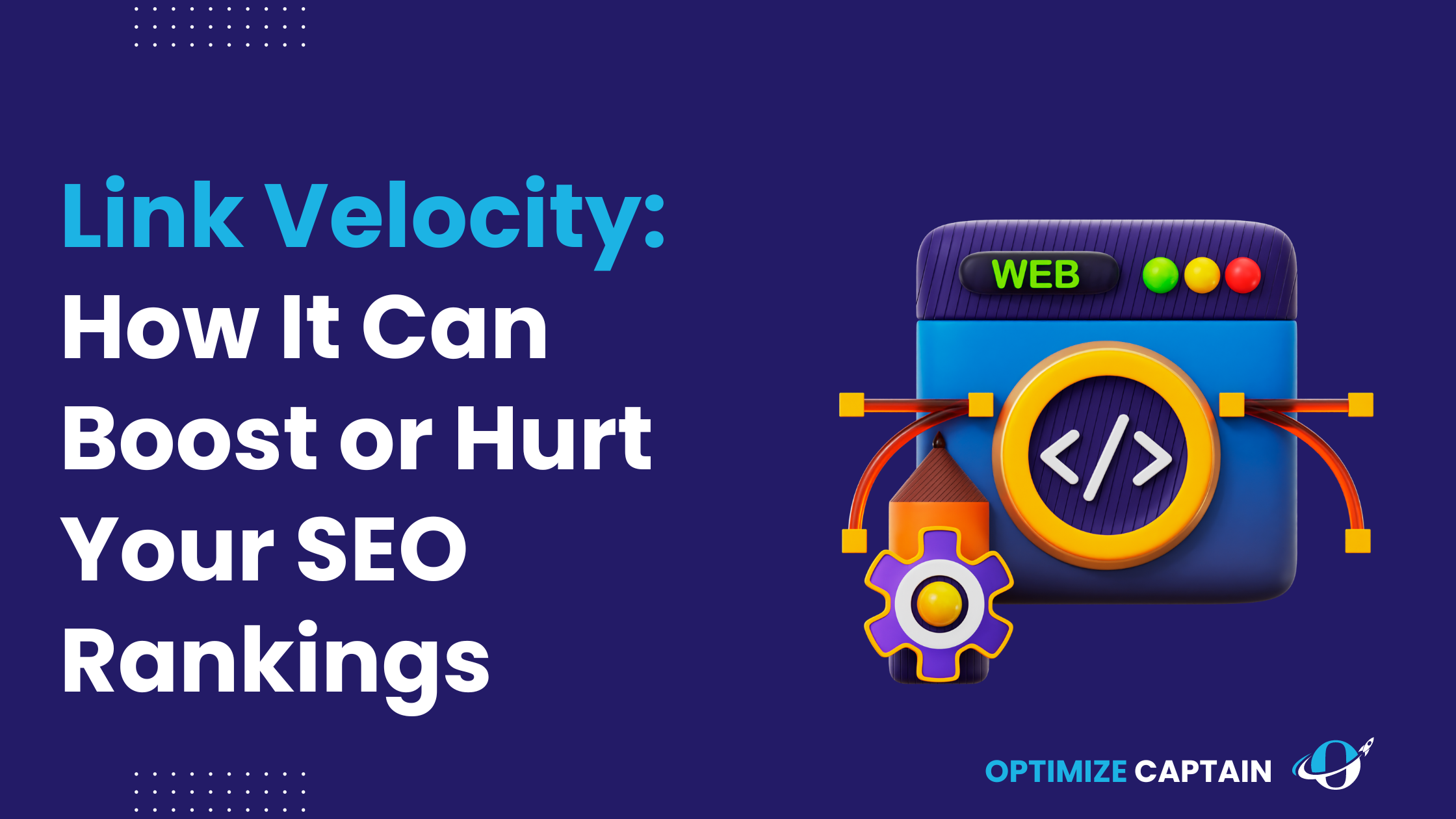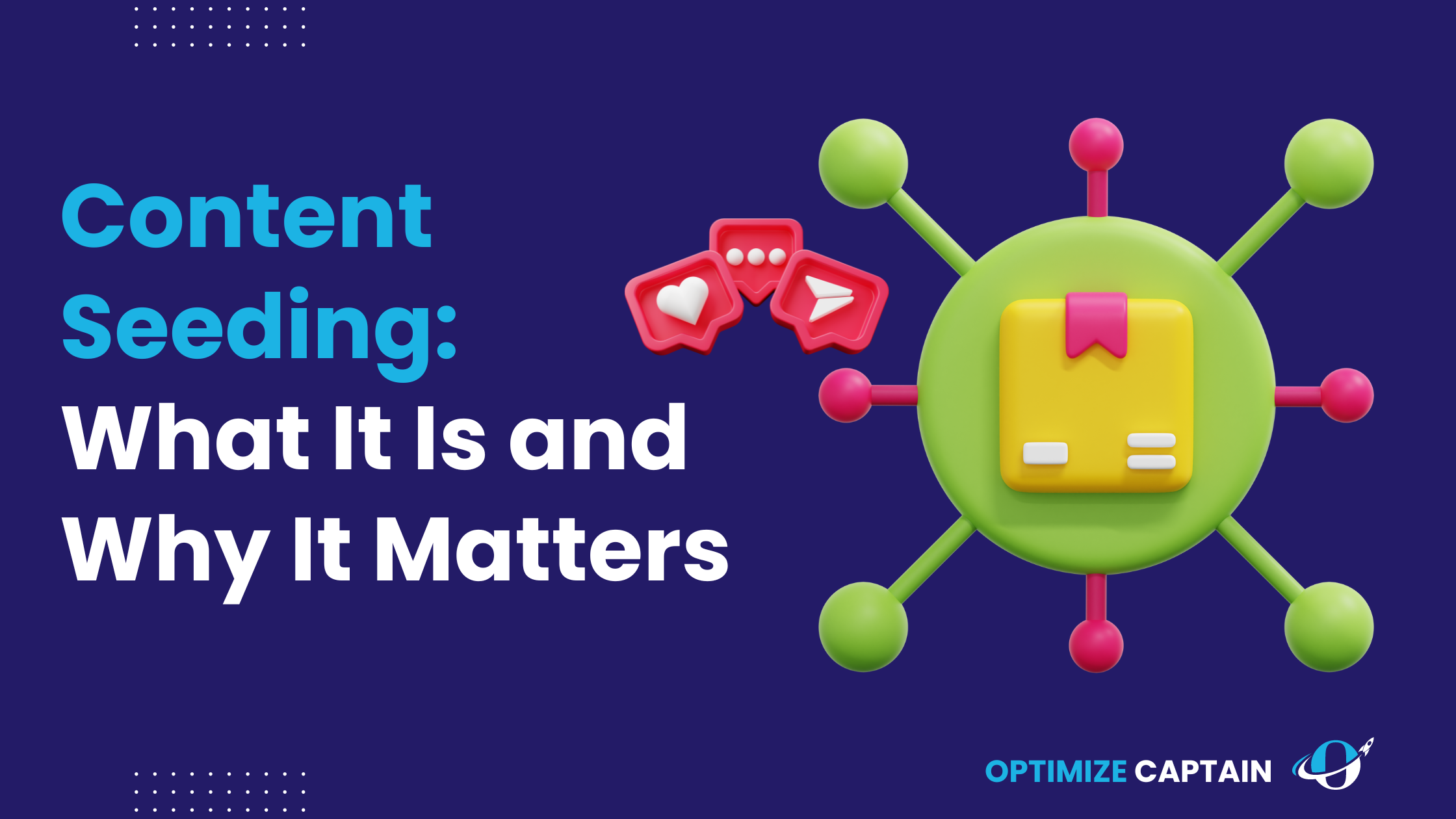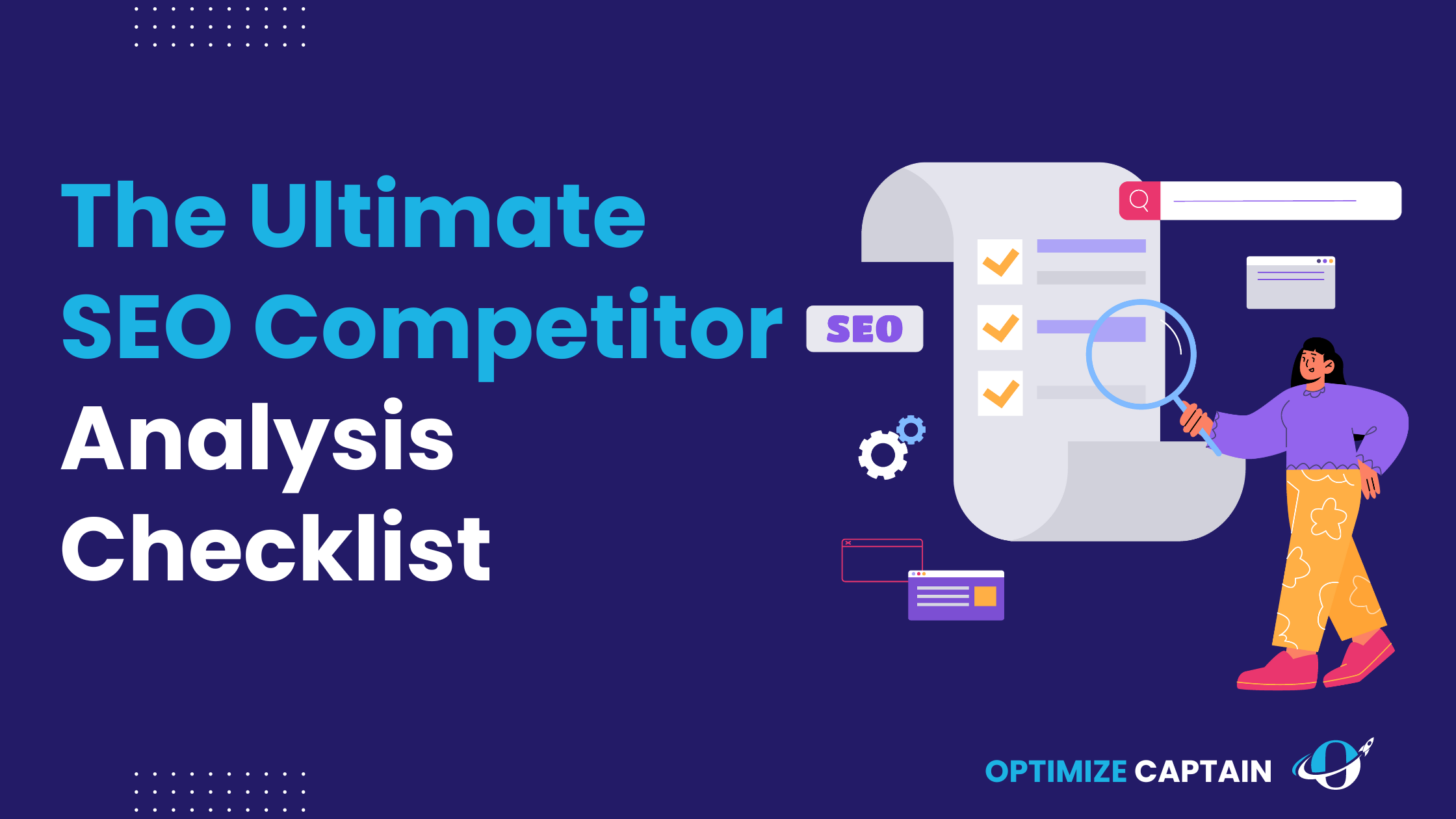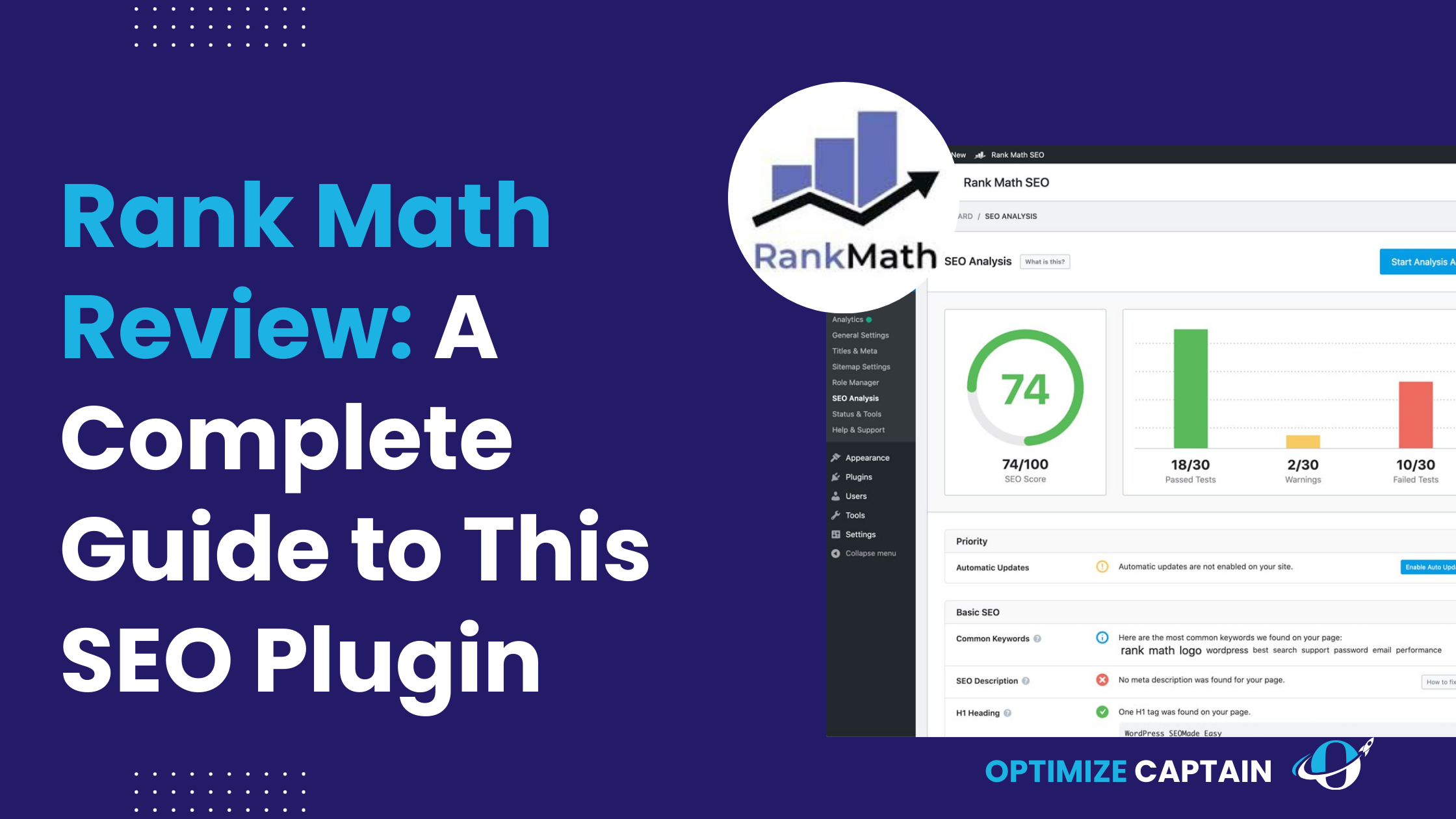Retargeting is often synonymous with paid ads—those banners or sidebars that seem to follow you after visiting a website. While effective, not every business wants to pour money into PPC campaigns, especially SaaS companies that focus on SaaS marketing strategies leveraging organic methods. But here’s the good news: SaaS companies can retarget their audience without relying on paid ads. You already have tools to bring back visitors, keep prospects engaged, and convert them into paying customers.
This detailed article explores the organic SaaS retargeting strategies SaaS businesses can adopt, why they work, and how to avoid common mistakes. We’ll also analyze a brand case study, offer demonstrations of practical retargeting tools, and cover both the dos and don’ts of retargeting.
What is Retargeting?
Retargeting is a digital marketing strategy that aims to re-engage users who have interacted with your website or app but didn’t complete a desired action, such as making a purchase or signing up for a service. For SaaS companies, retargeting is essential because potential customers often require multiple touchpoints before converting. It is a way to keep your brand top-of-mind and nurture leads back into your funnel, encouraging them to complete their journey.
How Retargeting Works:
When a user visits your website, certain actions are tracked using a pixel (a small piece of code) or cookies placed on their browser. Based on their behavior, such as visiting specific pages (e.g., the pricing page or a product feature page), you can follow up with personalized content or offers, either through ads or email campaigns. Retargeting aims to gently nudge these users toward conversion by reminding them of the value your product offers.
Two Main Types of Retargeting:
- Pixel-Based Retargeting:
- When a user visits a site, a pixel (JavaScript tag) tracks their behavior.
- This type of retargeting allows you to serve ads or content based on real-time actions, such as abandoning a cart or leaving the site after visiting a product page.
- List-Based Retargeting:
- This involves using a list of contact information (usually email addresses) that users have already provided.
- You can upload this list to ad platforms or email marketing tools and target these users with personalized messages, offers, or content based on their previous interactions with your brand.
Step-by-Step Breakdown of the Retargeting Process:
- User Visits the Website: A potential customer visits a page on your website, such as a product page or blog post.
- Tracking User Behavior: A tracking pixel or cookie is placed in their browser, which monitors their actions on the site.
- User Leaves Without Converting: Most users do not convert on their first visit. According to data, 96% of website visitors leave without completing a desired action.
- Segmentation: Based on the pages they viewed or actions they took (e.g., visiting a pricing page), users are segmented into different groups for personalized follow-up.
- Trigger Follow-Up Action: Based on the segment, the user is served personalized content, such as an email reminding them of the benefits of the product, or a free trial offer. Alternatively, retargeting ads could be displayed to them on other platforms (in paid strategies).
- Re-engagement: The goal is to re-engage users and guide them back to the site to complete the desired action, such as purchasing a subscription or signing up for a trial.
Why Retargeting is Crucial for SaaS
SaaS businesses typically have a more extended buyer’s journey than other industries. A user might visit your site multiple times over weeks or months before converting, especially if your product requires an upfront commitment like a subscription or implementation. Therefore, retargeting isn’t just a nice-to-have; it’s essential.
But there’s one thing many SaaS marketers get wrong: treating all website visitors the same. Not every visitor who comes to your site is ready to buy. In fact, most of them aren’t. A person browsing your blog is at a different stage than someone who’s visited your pricing page. Retargeting every visitor with the same message is a missed opportunity. Segmenting your audience based on behaviour is key to re-engaging users effectively.
According to Google, 96% of website visitors leave without making a purchase on their first visit. That’s a staggering percentage, highlighting the importance of retargeting to bring people back when they’re closer to making a decision.
SaaS Retargeting Strategies
Organic Retargeting Through Content Marketing
Content marketing is a powerhouse for SaaS businesses, and when leveraged properly, it becomes a crucial element in your retargeting strategy. Instead of chasing potential customers with ads, let’s focus on how content can pull them back organically.
On-Site Retargeting
On-site retargeting involves tailoring your website experience to capture users’ attention when they’re most likely to leave. By keeping visitors engaged, the goal is to reduce bounce rates and increase conversions.
For example, tools like Exit-Intent Pop-ups can trigger a relevant message when a user is about to leave the site. If someone reads a blog post but doesn’t sign up for your newsletter, you could offer a free downloadable guide via an exit-intent pop-up. The idea is to provide just enough value to capture their email before they leave.
Example: A company selling project management software might offer a free ebook, like “10 Ways to Manage Projects Better,” to users who are about to leave the blog without action.
One major error SaaS companies make is being too aggressive with their pop-ups. Instead of gently nudging users, they bombard them with too many requests (newsletter sign-up, special offers, etc.), pushing them away rather than bringing them back. Balance is key.
Content Repurposing as a Retargeting Strategy
Many SaaS companies create brilliant blog posts, webinars, or case studies, but they fail to distribute that content effectively. Repurposing content allows you to engage users through different channels and formats. If someone doesn’t respond to a blog post, they might prefer a video or a webinar.
Example: Suppose you have a popular blog post about “Best Features of CRM Software.” You can repurpose this into:
- A video tutorial
- A LinkedIn article
- An infographic
- An email series highlighting key insights
This allows you to retarget different segments of your audience who prefer consuming content in various formats.
Stat: According to HubSpot, personalized content can increase conversions by up to 202%. When you repurpose content, you can deliver more personalized and targeted experiences.
SEO and Search Intent Retargeting
One of the most overlooked retargeting methods is search engine optimization (SEO). SEO retargeting allows you to optimize your content so it can reappear in search results for specific queries your visitors might be searching for after leaving your site.
For example, suppose a visitor came to your site searching for “best project management tools” but didn’t convert. In that case, you can optimize your follow-up content around long-tail keywords like “how to choose a project management tool” or “best features for project management SaaS.” This way, your content appears when they’re deep in research mode and ready to decide.
This strategy works well because it aligns with search intent—the underlying motivation behind what people are searching for. Understanding this can help you re-target those users through new, relevant content that keeps you top of mind.
Email Retargeting for SaaS
Email marketing is one of the most cost-effective and high-ROI retargeting strategies available. By segmenting your email list based on user behavior, you can send highly personalized emails that resonate with each user.
For instance, you might send:
- Re-engagement emails to users who visited your pricing page but didn’t sign up.
- Content-focused emails to those who engaged with educational materials but didn’t move further down the funnel.
- Trial expiration reminders to users who have signed up for a free trial but haven’t upgraded to a paid version.
A quote from Neil Patel states, “The money is in the email list.” This holds true for SaaS businesses. Engaging your prospects via email is one of the most direct ways to stay in touch and guide them toward conversion. However, avoid the common pitfall of sending irrelevant or overly promotional emails, which can result in higher unsubscribe rates.
Related Read : SaaS Email Marketing Strategies
Automating Retargeting with CRM Tools
To simplify your retargeting efforts, use a CRM (Customer Relationship Management) tool to track user behavior and automate personalized content delivery based on their actions. Tools like HubSpot and ActiveCampaign allow you to create segmented workflows so you can send emails triggered by specific actions—such as signing up for a trial or visiting the pricing page multiple times.
Automated emails can include product tutorials, case studies, or even special offers tailored to the individual user. These workflows ensure that you’re constantly re-engaging your audience without manual intervention.
A mistake SaaS companies often make here is over-automating their processes. While automation can save time, it’s important to remember that users can quickly spot cookie-cutter emails. The key is to add personal touches—like addressing specific pain points or using their name in the subject line.
How to Use HubSpot CRM for Retargeting
Let’s break down how you can use HubSpot for retargeting with organic strategies:
- Email Segmentation: With HubSpot’s CRM, you can create automated workflows that trigger based on user behavior. For instance, if someone signs up for a free trial but doesn’t convert after 7 days, you can automatically send them a series of emails showcasing the product’s best features and customer success stories.
- Content Personalization: HubSpot also allows you to track content interactions, so you can send follow-up content based on what users have viewed. For example, if a user reads a blog post about feature comparisons, you can follow up with an email offering a product demo that highlights those features.
These tools make it easy to set up sophisticated retargeting campaigns without relying on paid ads, helping you nurture leads until they’re ready to convert.
Upselling and Cross-Selling to Existing Customers
Once a customer has signed up, your retargeting efforts shouldn’t stop. In fact, the upsell and cross-sell stages are crucial in the SaaS world, where recurring revenue plays a big role in growth. You can use content to educate users about premium features or encourage them to upgrade to a higher tier of your product.
For instance, if a customer is on a basic plan, you can retarget them with content that showcases how your premium features can solve their evolving needs. One way to do this is through product use-case videos, webinars, or advanced guides that highlight these premium features.
A simple stat from Invesp shows that upselling to existing customers is 68% more cost-effective than acquiring new customers. This means SaaS companies that invest in retargeting their existing customer base will see higher lifetime value without increasing acquisition costs.
Common Retargeting Mistakes
One of the biggest mistakes companies make in their retargeting strategies is failing to segment their audience. Too often, SaaS companies will send the same message to users at different stages of the buyer’s journey. This approach ignores the nuances of user behavior and preferences.
For instance, users who are in the awareness stage should be treated differently from those at the decision-making stage. A one-size-fits-all approach leads to wasted resources and missed opportunities for conversions.
Additionally, many companies ignore the importance of timing. Sending retargeting messages too soon or too late can result in a poor user experience. Finding the sweet spot—usually within a few days of a user’s last interaction—is crucial.
Do’s and Don’ts of Retargeting for SaaS
Do’s:
- Segment Your Audience: Segmentation is a key element of successful retargeting. Different users are at different stages in the buyer’s journey. Segment your audience by behavior, such as visits to specific pages (e.g., pricing), or based on previous interactions (e.g., signed up for a free trial but didn’t convert).
- Use Email Automation: Email marketing remains one of the most effective organic retargeting strategies. Use behavior-triggered emails to keep prospects engaged. For instance, if a user signs up for a demo but doesn’t take further action, follow up with a series of emails that provide additional value.
- Create Targeted Content: Keep producing and repurposing high-quality content that addresses the pain points of your target audience. This could be in the form of blog posts, videos, or case studies that align with where they are in the customer journey.
Don’ts:
- Don’t Bombard Users with Too Many Messages: One of the most common mistakes is over-targeting, especially with pop-ups and frequent emails. This can lead to “retargeting fatigue” where users feel overwhelmed and are less likely to convert.
- Don’t Use Generic Messaging: Generic retargeting messages can turn potential customers away. Personalization is key. Tailor your content and messaging to specific user behaviors and preferences. For instance, sending a follow-up email with tips specific to how they’ve been using your software is far more effective than a one-size-fits-all message.
Retargeting Real-Life Case Study
Santagostino is a healthcare provider that used HubSpot’s CRM and Marketing Hub to automate their retargeting efforts, with impressive results.
Key Highlights:
- Customer Retention Focus: Santagostino prioritized retention by segmenting customers and creating personalized workflows. They used automated email campaigns based on interactions with their services (such as online behavior and past appointments), which resulted in more consistent engagement and repeat bookings.
- Significant Growth: With HubSpot’s tools, Santagostino saw 20x growth in their customer base, expanding from 90,000 contacts to 830,000. They now execute quarterly email campaigns that influence an average of 13,000 bookings.
- Advanced Segmentation: By segmenting their audience based on demographics, online behavior, and interaction history, Santagostino managed to send targeted communications such as reminders, birthday messages, follow-ups, and promotions for relevant services like telemedicine.
Impact of Retargeting:
- 13,000 bookings driven per quarter by automated email campaigns.
- A 20x increase in customer base.
- Ongoing increases in retention and lifetime value of customers by offering personalized and timely content through various digital touchpoints.
Conclusion
Organic retargeting doesn’t require complex ad campaigns or hefty PPC budgets. By leveraging content, SEO, email, and automation, SaaS companies can keep their audience engaged throughout the buyer’s journey. However, remember to avoid common mistakes such as over-automating, failing to segment, and using generic messaging. When done right, organic retargeting is a cost-effective way to nurture leads, convert trials into paying customers, and boost upsells.
FAQ’s
1. What is organic retargeting, and how is it different from paid retargeting?
Organic retargeting uses non-paid methods like email marketing, content, and SEO to re-engage users. Unlike paid retargeting, it doesn’t rely on ads, focusing on nurturing leads through personalized content.
2. How does email marketing help in retargeting for SaaS?
Email marketing allows SaaS businesses to send personalized follow-up emails based on user behavior (e.g., signing up for a trial) to encourage re-engagement and conversion.
3. What are the main benefits of organic retargeting?
It’s cost-effective, builds deeper customer relationships, and improves retention and lifetime value without relying on paid ads.
4. What mistakes should be avoided in organic retargeting?
Common mistakes include sending too many messages, not personalizing content, and not properly segmenting your audience.
5. How can SaaS businesses use content repurposing for retargeting?
Repurpose high-performing content (like blogs) into other formats (videos, infographics) to retarget users through multiple channels, keeping them engaged in different ways.

